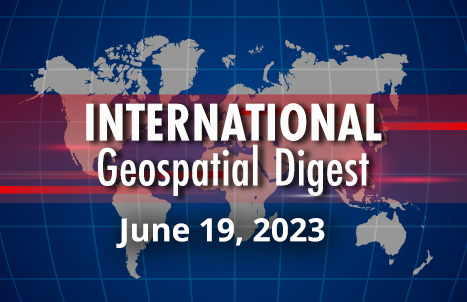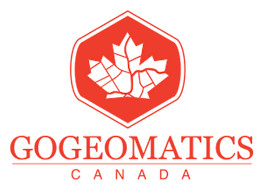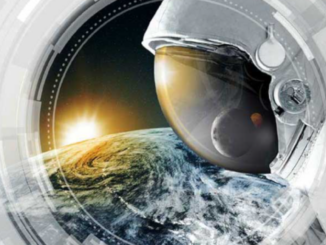
- Private Industry, New Tech, challenges ahead for Geospatial Intelligence
- Early signs of El Niño spotted by International Sea Level Satellites
- Dramatic Changes in our polar ice caps mapped
- Tracking Gentrification in Australian Cities
- New AI model by IBM tracks landscape changes
4 highlights from the 20th Geospatial Intelligence Symposium
Unlike optical sensors that require a clear view, of Synthetic Aperture Radar (SAR) is able to detect changes in topography, vegetation density and some government agencies have started using products from this technology. In contrast to the traditional roles of government agencies where innovation happens, private industry has proven more agile in innovation in recent times. This is largely due to getting timely or consistent funding. 2 other important aspects that were talked about were security and recruiting outside typical networks. Read More.

Early signs of El Niño spotted by International Sea Level Satellites
The satellite Sentinel-6 Michael Freilich, has recently detected Kelvin waves (2-4 inches high) hundreds of miles wide at the ocean surface at the equator moving towards South America. Typically, when they form at the Equator, these bring warm water from the western to eastern Pacific which is an early sign of El Niño. Read More.

Dramatic Changes in our polar ice caps mapped
New Maps released by the British Antarctic Survey have shown significant changes in coastlines since 2018. These include the calving of iceberg A81 from the Brunt Ice Shelf which is the size of greater London and iceberg A76 from the Ronne Ice Shelf. Other noteworthy changes include the predicted modelling of the Arctic Ocean being ice-free well ahead of 2050. Read More.

Tracking Gentrification in Australian Cities
As gentrification is an issue on most governments radar recently, the Australian Urban Observatory has created an index from data across Australia. In order to raise awareness of this, they have harnessed the power of GIS and created maps of major Australian cities showing which neighborhoods are at risk of gentrification. In addition, they have combined other maps that show density and social infrastructure development and have found correlations with gentrification. Read More.

New AI model by IBM tracks landscape changes
IBM and NASA have created AI foundation models that can analyze large amounts of remote-sensing data for AI applications. Having already produced the watsonx.ai model, the first foundation model for analyzing geospatial data, This model aims to track landscape changes, such as floods and wildfires by converting satellite data into high-resolution maps.
It will be available for preview through the IBM Environmental Intelligence Suite later this year. The model shows promising results, with a 15% improvement in accuracy compared to existing deep learning models for mapping floods and burn scars, using less labeled data. Read More.






Be the first to comment